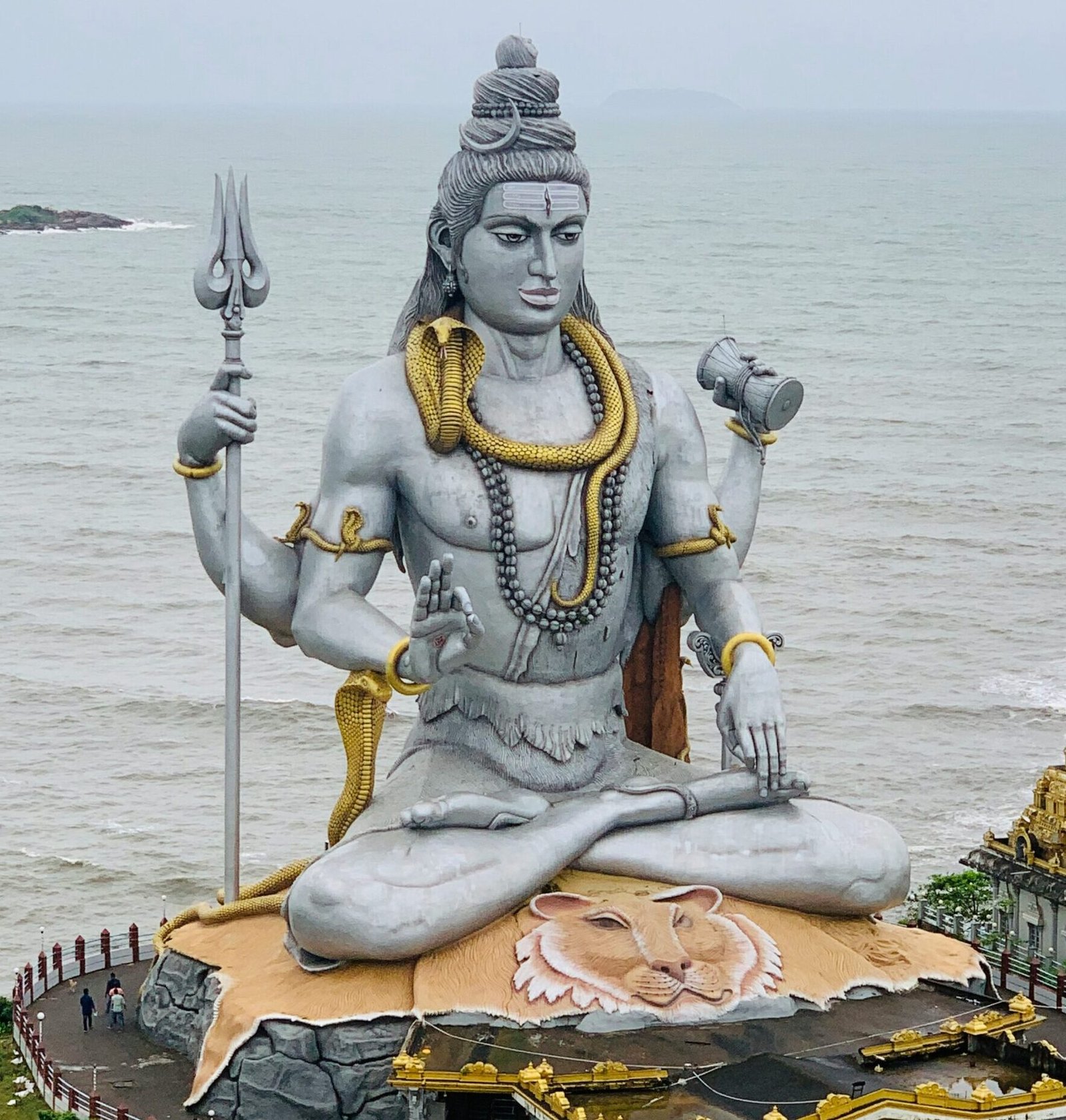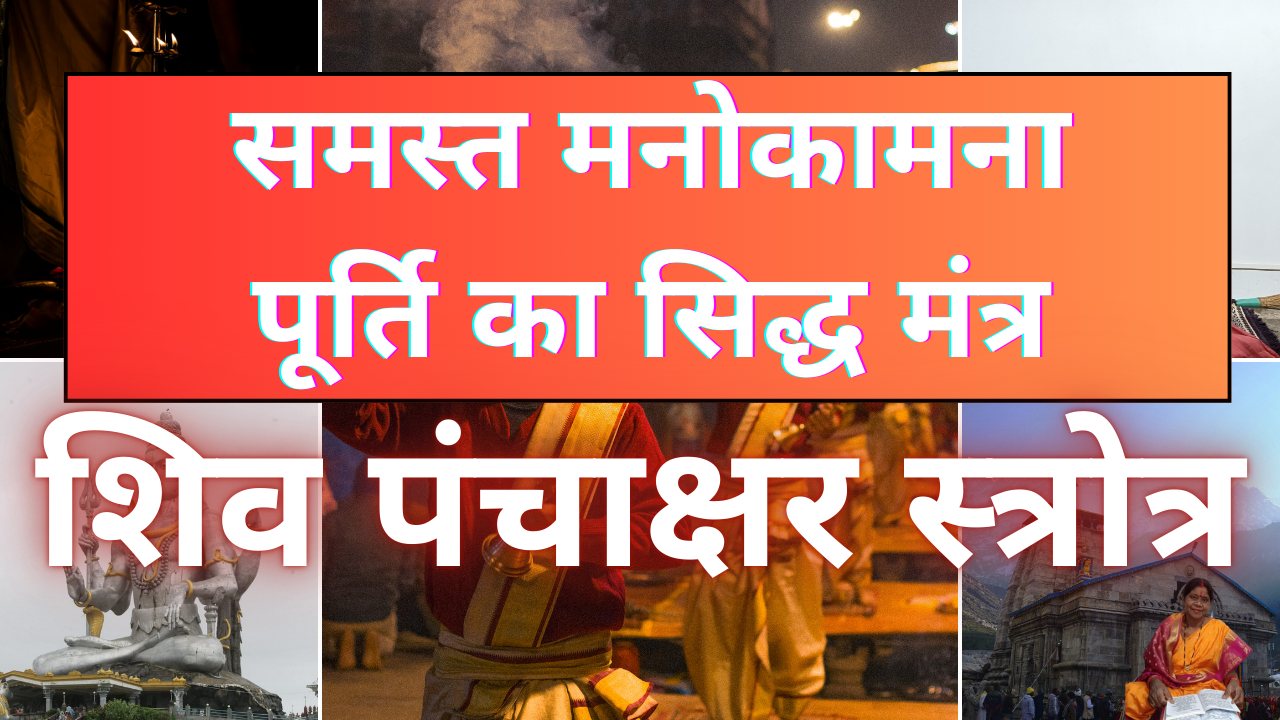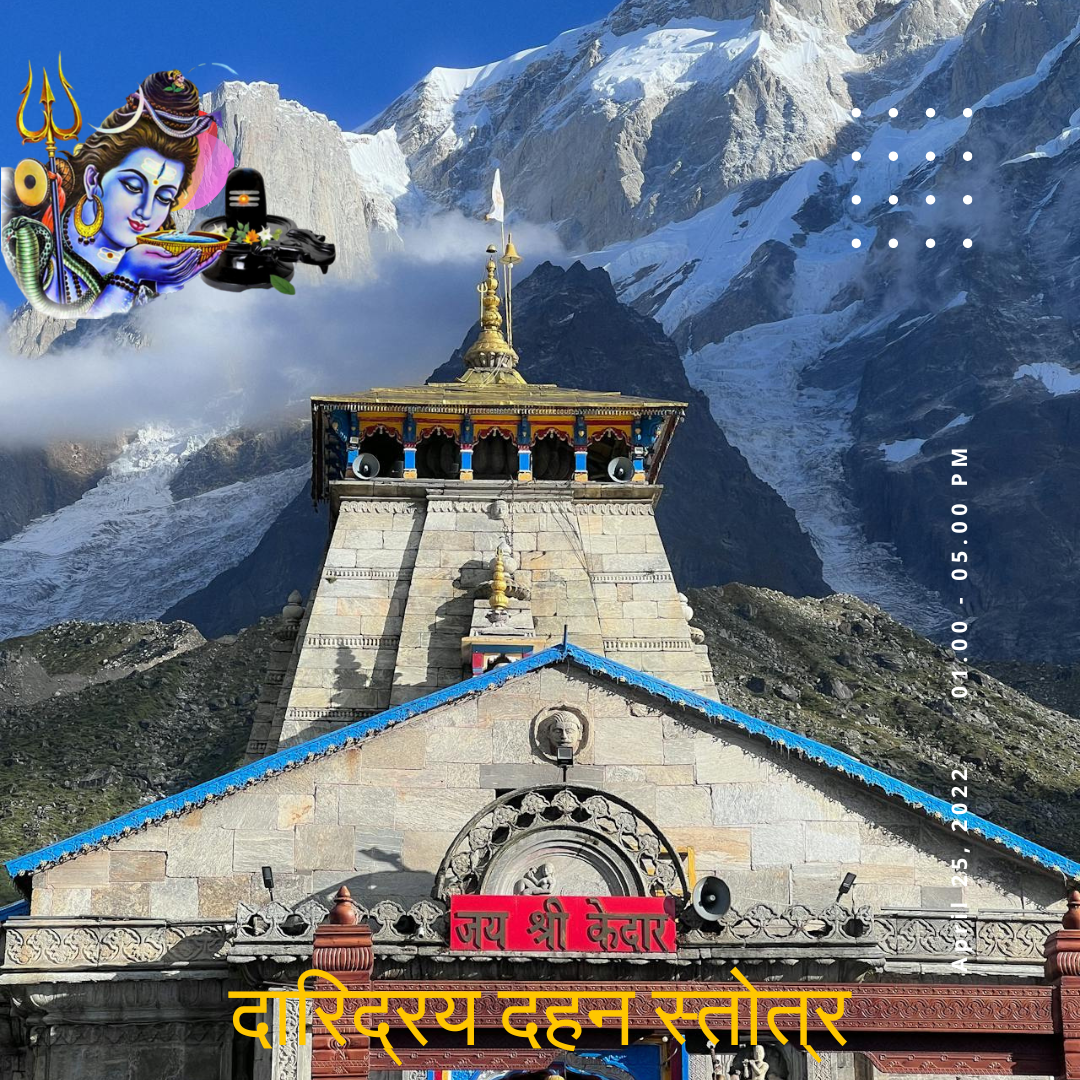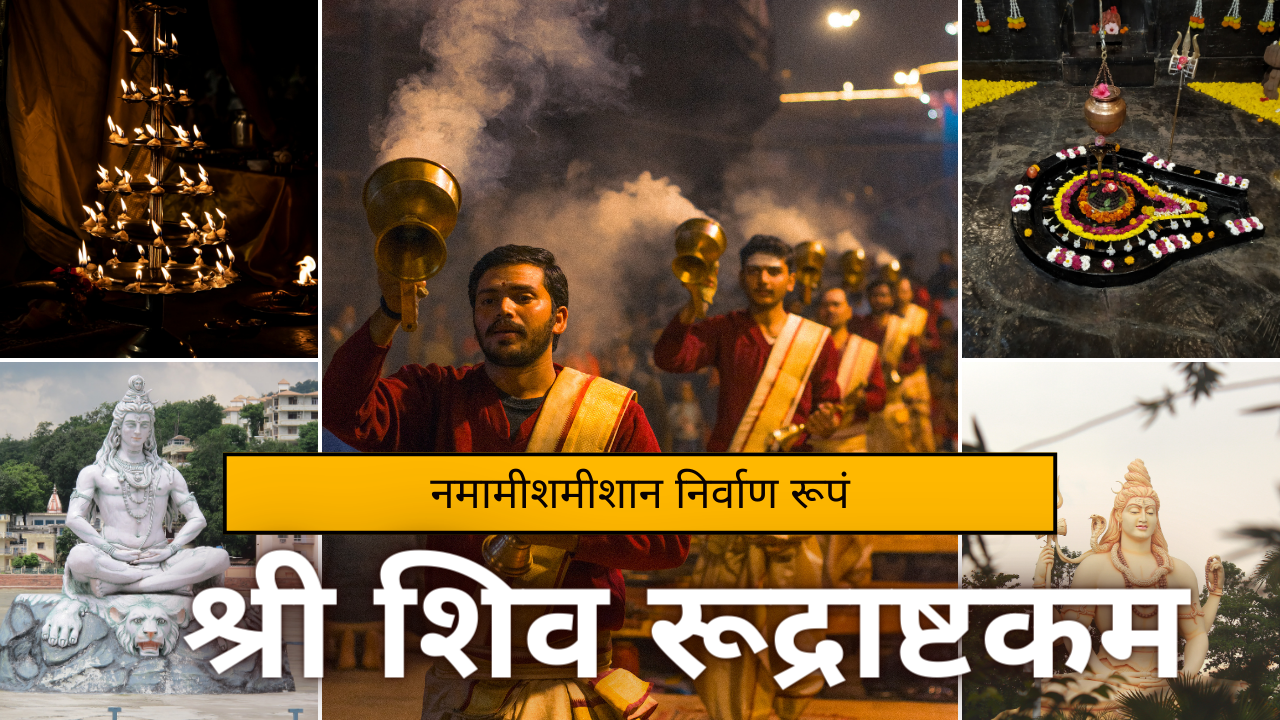Contents
The Fierce and Powerful Aspect of Rudra
Rudra occupies a unique and formidable position within Hindu mythology, embodying both the ferocity of nature and the role of a fierce protector. His association with storms, winds, and hunting underscores his connection to the untamed forces of the natural world. In ancient texts and iconography, Rudra is depicted as a fearsome deity, often portrayed with a fierce countenance, wielding a mighty bow, and surrounded by wild animals. This imagery underscores his power and his ability to command respect and fear.
In the Vedas, particularly in the Rigveda, Rudra’s dual nature is emphasized. He is invoked in hymns both for his protective qualities and his ability to destroy enemies. The Rigveda describes him as “the mightiest of the mighty,” and numerous hymns seek his favor to ward off diseases, disasters, and malevolent forces. Rudra’s destructive powers are not seen as malevolent but rather as necessary for the removal of obstacles and the purification of the world. This duality is crucial in understanding Rudra’s role in Hinduism: his destruction paves the way for renewal and transformation.
The symbolism of Rudra’s destructive aspect is deeply intertwined with the concept of renewal in Hindu philosophy. His fierce attributes are seen as essential for the elimination of negative forces and impurities, which in turn creates the space for positive change and new beginnings. This cyclical process of destruction and renewal is a fundamental aspect of the Hindu worldview, where the end of one phase marks the beginning of another. Rudra, therefore, is not merely a destroyer but a catalyst for transformation, embodying the dynamic interplay between destruction and creation.
Through the lens of Rudra’s fierce and powerful characteristics, one can appreciate the complex nature of his deity. He is both a formidable force of destruction and a protector who ensures the continuity of life through the eradication of obstacles. This duality positions Rudra as a central figure in the Vedic tradition, embodying the essential balance between destruction and renewal.
Rudra as the Healer and Transformer
Rudra, often recognized for his fierce and destructive attributes, also embodies the roles of healer and transformer within Hindu mythology. This duality is essential, as it reflects the cyclical nature of the universe, where destruction and creation are intertwined. In various myths and legends, Rudra is invoked not only for his formidable power but also for his ability to cure diseases and bring about positive change.
One of the most compelling aspects of Rudra’s benevolence is his role as a deity of healing. In ancient texts, Rudra is frequently called upon to alleviate ailments and protect against malevolent forces. His healing powers are symbolized through his association with medicinal herbs and his ability to drive away disease. This aspect of Rudra is crucial for understanding the balance between his destructive and regenerative capabilities. Healing, in this context, is not merely the alleviation of physical suffering but also the purification and renewal of the spirit.
The connection between Rudra and Shiva further elaborates on this duality. While Rudra is an ancient Vedic deity, Shiva, who emerges in later Hindu traditions, is often seen as an evolved form of Rudra. Shiva, known as the destroyer and transformer, encapsulates the same principles of destruction and renewal. This transformation from Rudra to Shiva signifies a deeper understanding of the cyclical processes that govern existence. The fusion of Rudra’s fierce nature with his healing prowess underscores the holistic approach to life and death in Hindu philosophy.
The symbolism of Rudra’s healing powers extends to spiritual growth and renewal. His ability to heal is not just a physical phenomenon but also a metaphor for inner transformation. Rudra’s role in spiritual practices emphasizes the importance of purging negative energies and fostering a sense of rebirth. This transformational aspect is vital for personal and spiritual development, highlighting the necessity of overcoming inner turmoil to achieve enlightenment.
In essence, Rudra’s duality as both a destroyer and healer encapsulates the profound understanding of life’s inherent cycles. His transformative powers serve as a testament to the belief that destruction is a precursor to renewal, fostering a holistic appreciation of the balance within the universe.
Shiv Chalisa









